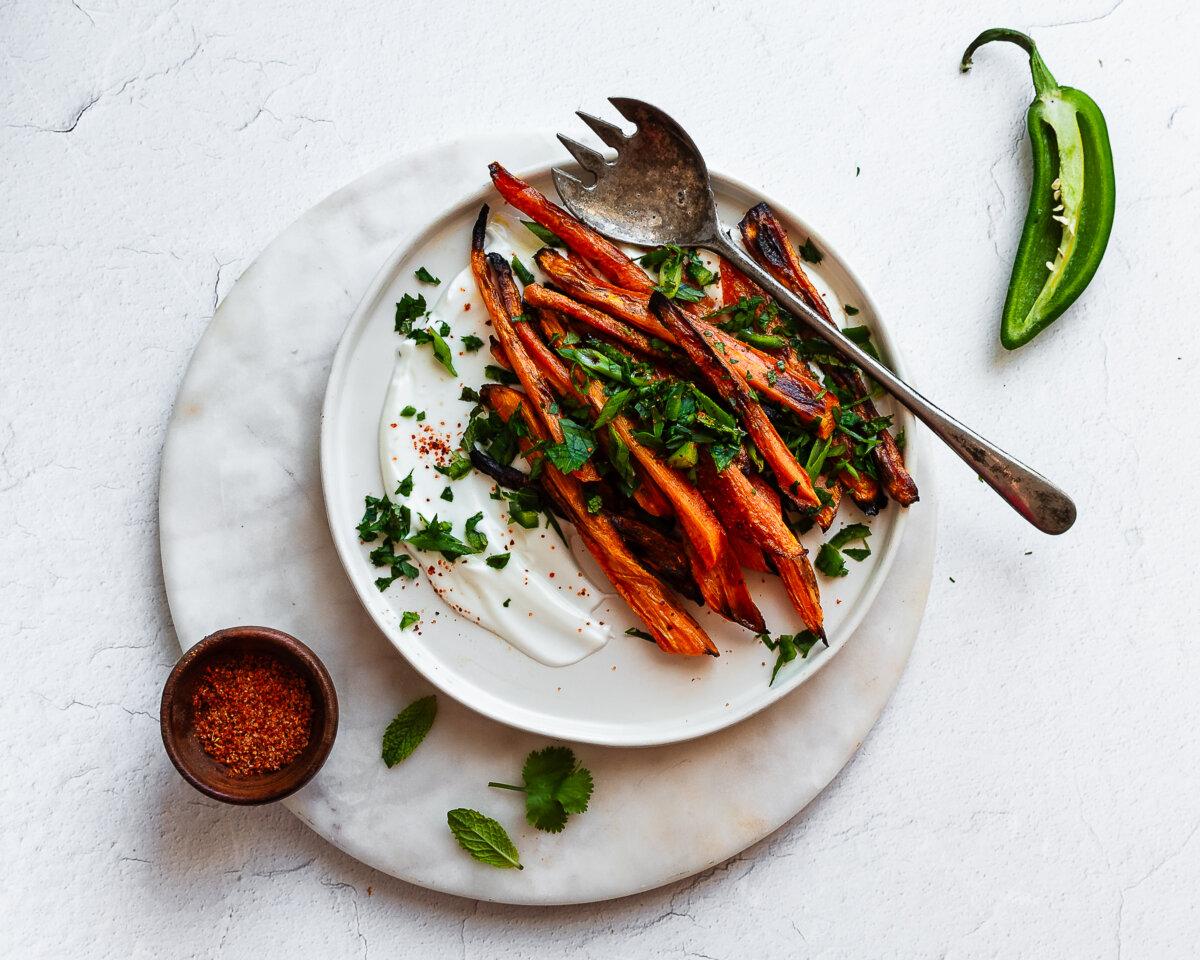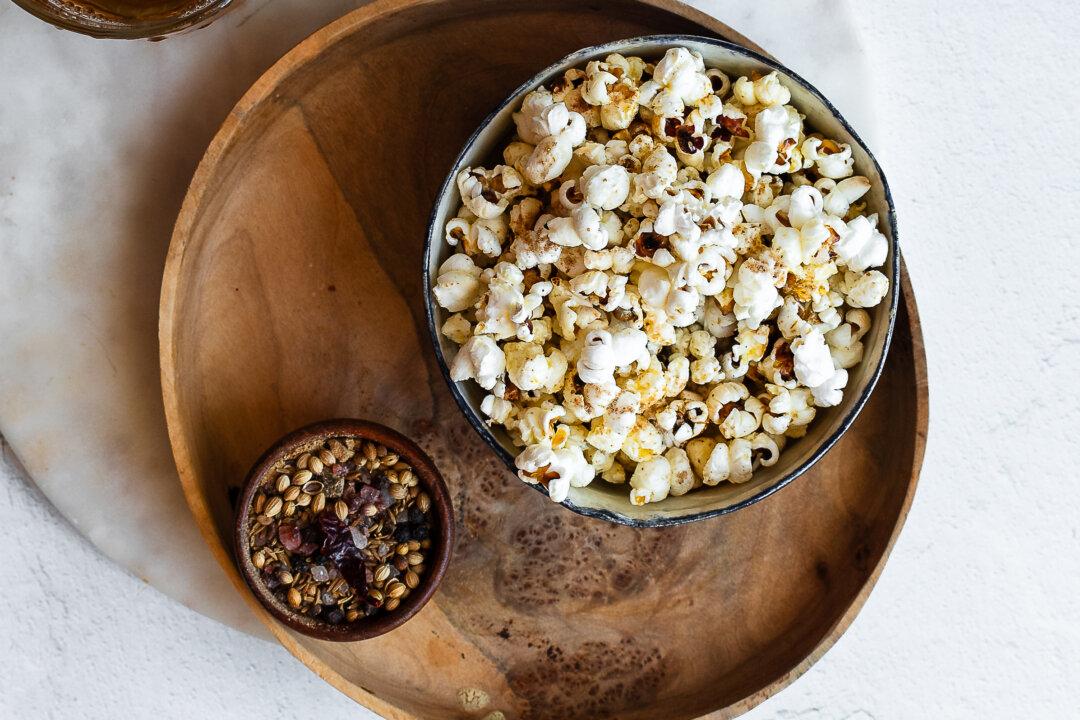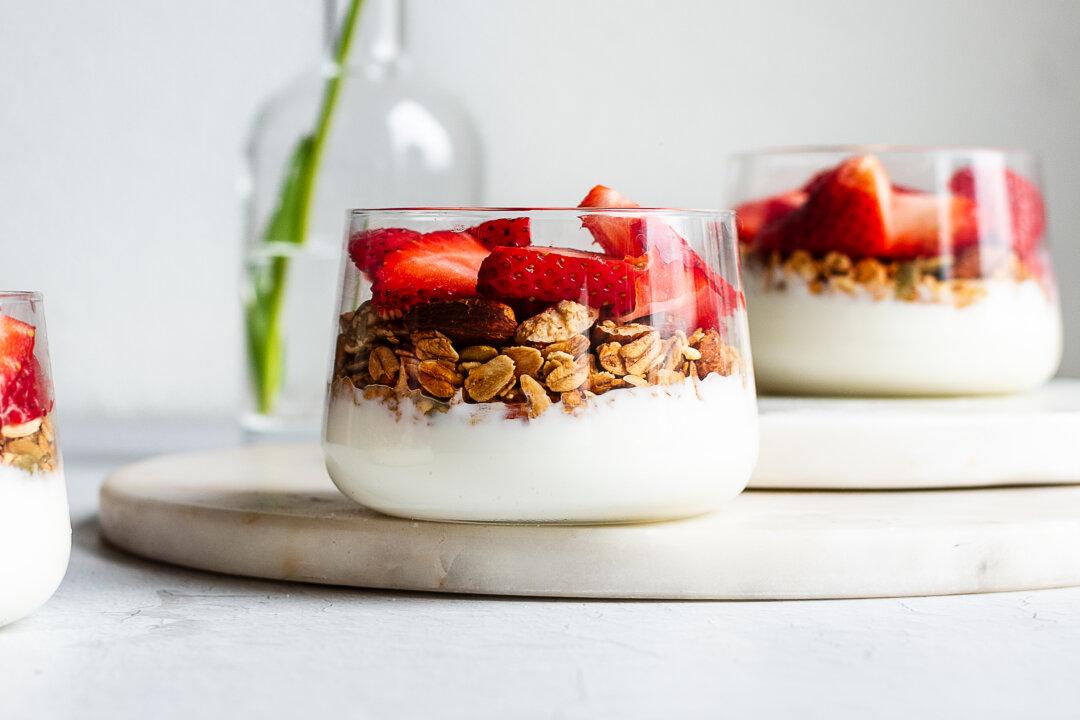What Is Ghee?
Ghee is a type of clarified butter that originates from India and is a staple in South Asian cuisine. Its distinct nutty flavor works well in dishes such as rice, long-simmered curries, and sautéed vegetables, or drizzled over flatbreads like roti or naan.All ghee starts with butter. Most cooking oils, such as coconut or olive oil, are pure fat. Butter is different. It’s a natural emulsion that contains fat, water, and milk solids. The water and milk solids found in butter lower its smoke point and shorten its shelf life.
Making ghee is a simple process that removes these components, producing a pure golden butterfat. You gently simmer butter over low heat until it separates into liquid fats and milk solids. Then, you strain them out, leaving the clarified butterfat. This process gives ghee a rich, nutty flavor. It also increases its smoke point: Butter’s smoke point is about 350 degrees F, while ghee’s is closer to 485 degrees F. This makes it ideal for cooking at high temperatures without burning.
Deep-Rooted Heritage
The process of making and using ghee is deeply rooted in Indian culture and its culinary and medicinal traditions. Sandeep Agarwal’s family has been making ghee for five generations, since 1889. His uncle still operates the family business out of a century-old building in Hisar, Haryana, in northern India.“My mom would use ghee for cooking most of the dishes,” Mr. Agarwal told The Epoch Times. “In India, no one will serve you roti, rice, or kitchari [a medley of rice and lentils] without ghee. It is considered disrespectful.”
Ancient Medicine and Modern Nutrition
“In Ayurvedic medicine, ghee is highly valued for its nourishing and healing properties,” said Mrinal Pandit, a registered dietitian and clinical nutritionist at the Oliva Clinic. Practitioners use it both internally and externally, to “purify and rejuvenate the body.” She notes that it balances the three body-type energies, promoting overall harmony and well-being, and supports vitality, immunity, and digestion.How to Use It
You can find ghee in many grocery stores and natural foods markets. Artisan makers also sell ghee online, including specialty ghees infused with medicinal and culinary herbs. When shopping, look for ghee that is free from additives. Grass-fed ghee such as the Agarwals’ tends to have the highest vitamin content.Try roasting or sautéing vegetables in ghee or using it as a replacement for butter. Stirring chopped fresh herbs into melted ghee makes a delicious accompaniment to fresh bread. If you’re feeling even more adventurous, consider using it as a balm for dry, chapped skin, too.

Where to Buy
Pure Indian Foods: This family-run business sells certified organic grass-fed ghee and a variety of other Indian specialty foods. In addition to plain ghee, they also offer ghee infused with Ayurvedic and culinary herbs. PureIndianFoods.comHow to Make Ghee
Making ghee at home is easy. Low temperatures and slow cooking are the key to making good ghee. You'll need about 40 minutes, just enough time to allow the butter to melt slowly and separate. If you notice the milk solids browning too quickly, just turn the heat down a notch. A wide, heavy pan is optimal for making ghee, as it promotes even cooking and allows steam to escape.Homemade ghee tends to have a shorter shelf life than commercially prepared ghee, so plan to keep it at room temperature for no longer than 3 months or in the fridge for up to 1 year.
- 1 pound butter, cut into 1-inch pieces
Once the butter melts completely, turn down the heat to low. Allow the butter to continue cooking until separated, stirring occasionally, and removing any foam that appears on the surface with a slotted spoon. Continue cooking until the white milk solids sink to the bottom of the pan and turn a light amber-brown, about 30 minutes.
Remove the saucepan from the heat. Allow the ghee to cool for a few minutes while you line a fine-mesh strainer with cheesecloth. Place the lined strainer over a heat-resistant container, such as a mason jar.
Carefully pour the ghee through the strainer to capture all the milk solids while the ghee streams into the jar.
Let the ghee cool completely before sealing the container. Store at room temperature for up to 3 months or in the fridge for up to 1 year.







